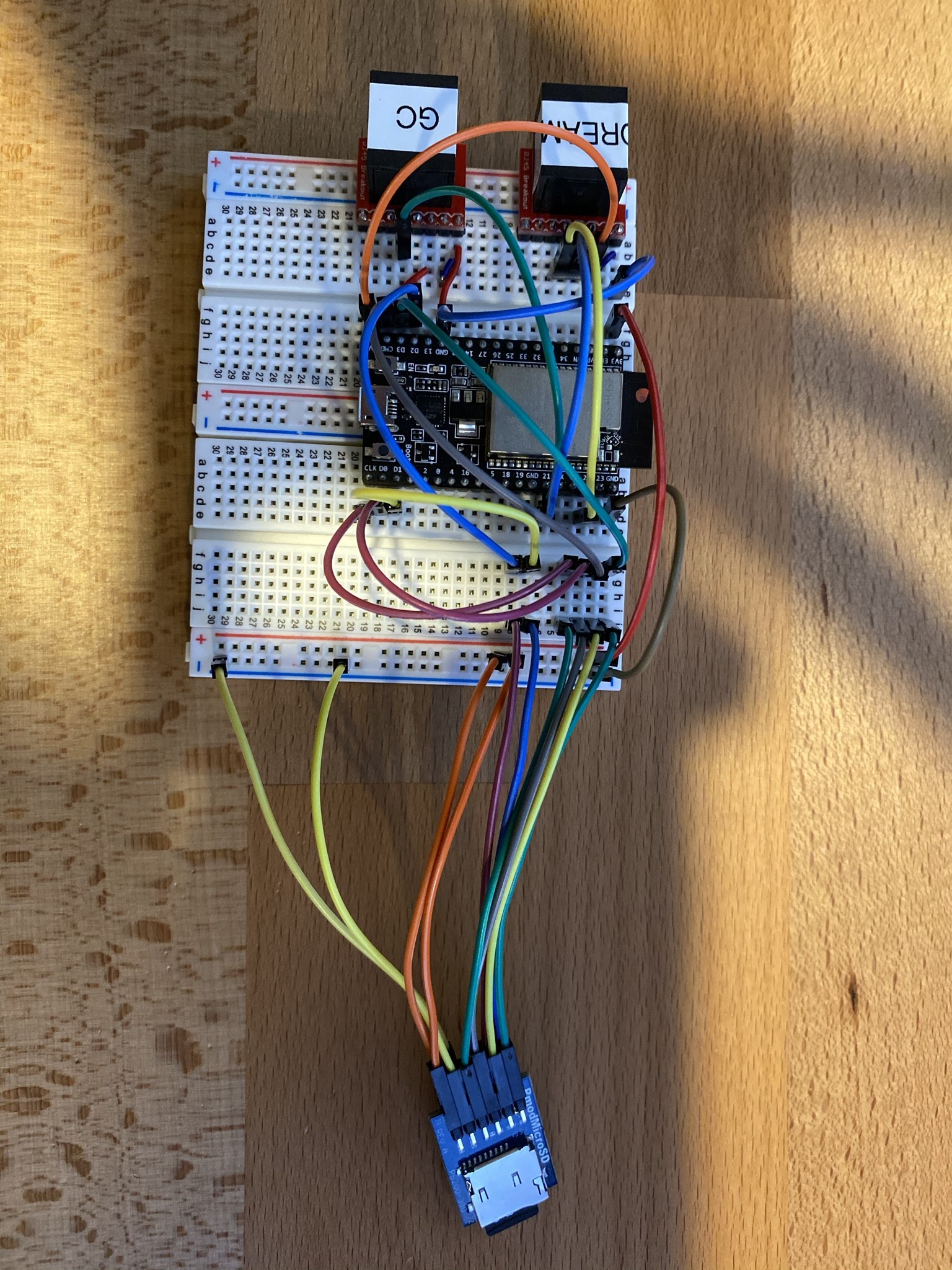@sofakng became this week the first user of BlueRetro!
After building the base circuit and then around a day of troubleshooting over chat, we finally got it working! So far he tested single player using a PS4 DS4 on GameCube and Dreamcast.

This exercise pointed out a few assumption on my part and documentation hole that I now have rectified. We also found out I had a bit of luck building my own :) . Here the list of problems and solutions.
- Problem: No documentation for flashing under windows.
Solution: Added new wiki page. - P: No documentation for debugging.
S: Added new wiki page. - P: The web-bluetooth page was very hard to access.
S: BlueRetro deactivate the configuration interface if a Bluetooth device is connected (to reduce latency from BLE beacon). It turns out after inspection of the logs that a rogue Bluetooth HID device keep connecting all the time to BlueRetro. It was an IR to BD adapter for PS3, turning it off resolved the erratic behavior observed. BlueRetro filter out everything non-HID already but i might need to revisit this part to exclude some HID device as well. - P: Web-Bluetooth Disconnect button put Chrome/BlueRetro in bad state.
S: I knew this for a while, for now I simply removed the disconnect button. Closing the tab/browser do a better job for now. - P: New ESP32-DevKitC V4 module now chip with a WROVER-B module rather than WROOM.
S: While WROVER-B is fine for now, since it got two less GPIO due to PSRAM (which I will not use) the support for it will be removed the day I need those GPIOs :) . I made more clear in documentation that WROOM is prefered module. - P: Label in schematic for SD connection used the SD card pin names rather then the ESP32 labels. This created confusion since the ESP32 pins for internal flash use the same labels!
S: Updated schematic to use ESP32 label. - P: SD card init failed. The build instruction didn't state how sensitive is the wiring of the SD card slot. I was actually a bit lucky with my own build.
S: New instruction for SD card wiring: It is important to keep the SD card jumper wire very short (<= 2 inch) and plug them directly to the ESP32 pin (not via breadboard).
It's critical for the two GND on the PMOD to be plug directly to the ESP32 GND pin via short wire.
No doubt the next person to build one will encounter its own issues but at least we got some major one cover now.
This highlight the need to do a PCB ASAP. I'll start that after SNES support.
 Jacques Gagnon
Jacques Gagnon
Discussions
Become a Hackaday.io Member
Create an account to leave a comment. Already have an account? Log In.